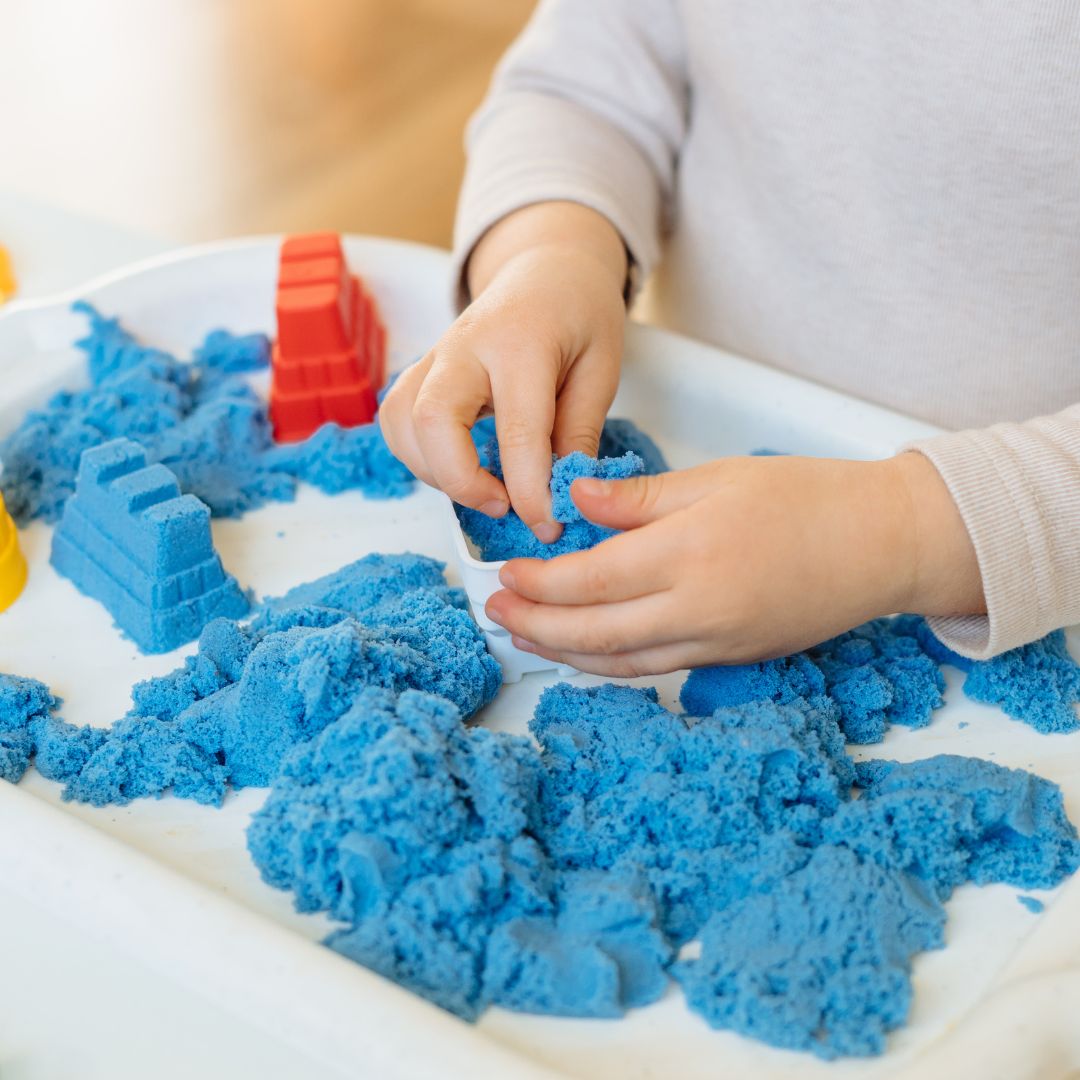Using Sensory Strategies to Help with Self Regulation
Do you feel like your child is more active than other kids? Does he or she have difficulty sitting down at meal time or to complete homework? Does your child seem to move about their day slowly or have trouble keeping their energy level up throughout the day? Do you feel they are sometimes “out of control” or experience outbursts that are atypical for a child their age? If you answered yes to any of these questions, then it may be time to talk to your child’s occupational therapist about self regulation skills.
What is Self Regulation?
Self regulation is defined as being able to change one’s level of alertness or state at different times throughout the day independently. When our kiddos are babies, we help them regulate their bodies by swaddling them when they are upset, rocking them before bedtime, and feeding them when they are hungry. In elementary school, a child should begin to interpret signs from their own body and use strategies independently to help with regulation. For some kids, learning strategies to help with regulation does not come naturally or they may need more strategies than other kiddos to regulate properly throughout the day. Luckily, there are strategies involving each of our sensory systems that kids can use throughout the day to help them feel calm, alert, and ready to learn.
Proprioceptive Input
The most calming and regulating type of sensory input is proprioceptive input. This is defined as body awareness and our perception of our body’s position. Proprioceptive input is perceived through our joints and muscles and can be accomplished through active activities. If you have a child who has trouble calming down or sitting still for meal time, try giving them joint compressions prior to having them sit at the table (ask your occupational therapist how to administer these appropriately). Maybe your child has difficulty getting themselves up and moving in the morning. You can try having them practice different animal walks as they move throughout the house completing their morning routine. Maybe it is difficult for your child to calm down after coming in from recess. This may be a great opportunity for a teacher to have the class complete 10-15 wall push ups or chair push ups to get everyone back down to a regulated state.
Targeting the Vestibular System
Another way children can help regulate their body is through activities targeting the vestibular system. We are able to retrieve vestibular input through movement of fluid in our inner ears. Vestibular input can be provided by a swing, wheelbarrow walks, jumping on a trampoline, or simply going for a walk. To help calm your child or make the transition away from the park easier, try providing them with rhythmical back and forth input on the swing. Or, they can ask their teacher if they can take a brief walk down the hall when they start to lose focus in class.
Oral Input for Regulation
Believe it or not, we can regulate our levels of alertness through oral input as well. Chewing on a crunchy snack provides proprioceptive input in our mouth allowing kids to feel more focused and calm. Sucking a thick smoothie through a milkshake can also provide calming input. Maybe your child needs to chew on “chewelry” to be able to focus on what their teacher is saying. (Can be purchased here)
Types of Touch
There are two types of touch that can change levels of alertness and focus. Light touch is often more alerting and deep touch is more calming. If your child appears to be moving slower on a particular day, introduce a messy play activity with finger paints or shaving cream. If they are energetic and you need a calming strategy before bedtime, try providing deep squeezes through a body sock or a hug.
Auditory & Visual Systems
The last two sensory systems that can be used to help with regulation are our auditory system and our visual system. These are good assist modulators that can be used in conjunction with other sensory systems to help children regulate. Maybe slow, classical music can help your child come down from a meltdown. Turning off or dimming lights can also give a child less to look at when they are overwhelmed. Have a dance party to upbeat tunes in the morning to help kids wake up and start their day! Or, create a sensory bottle with glitter, water, oil, and food coloring for kids to shake and watch when they need a calm down break.
These are just a few activities that can help kids change their state of regulation throughout the day. For more personalized input and suggestions, ask your occupational therapist for a “sensory diet” or plan to help your child maintain their regulation! Please reach out to us here at Kids Place Pediatric Therapy with any questions.







